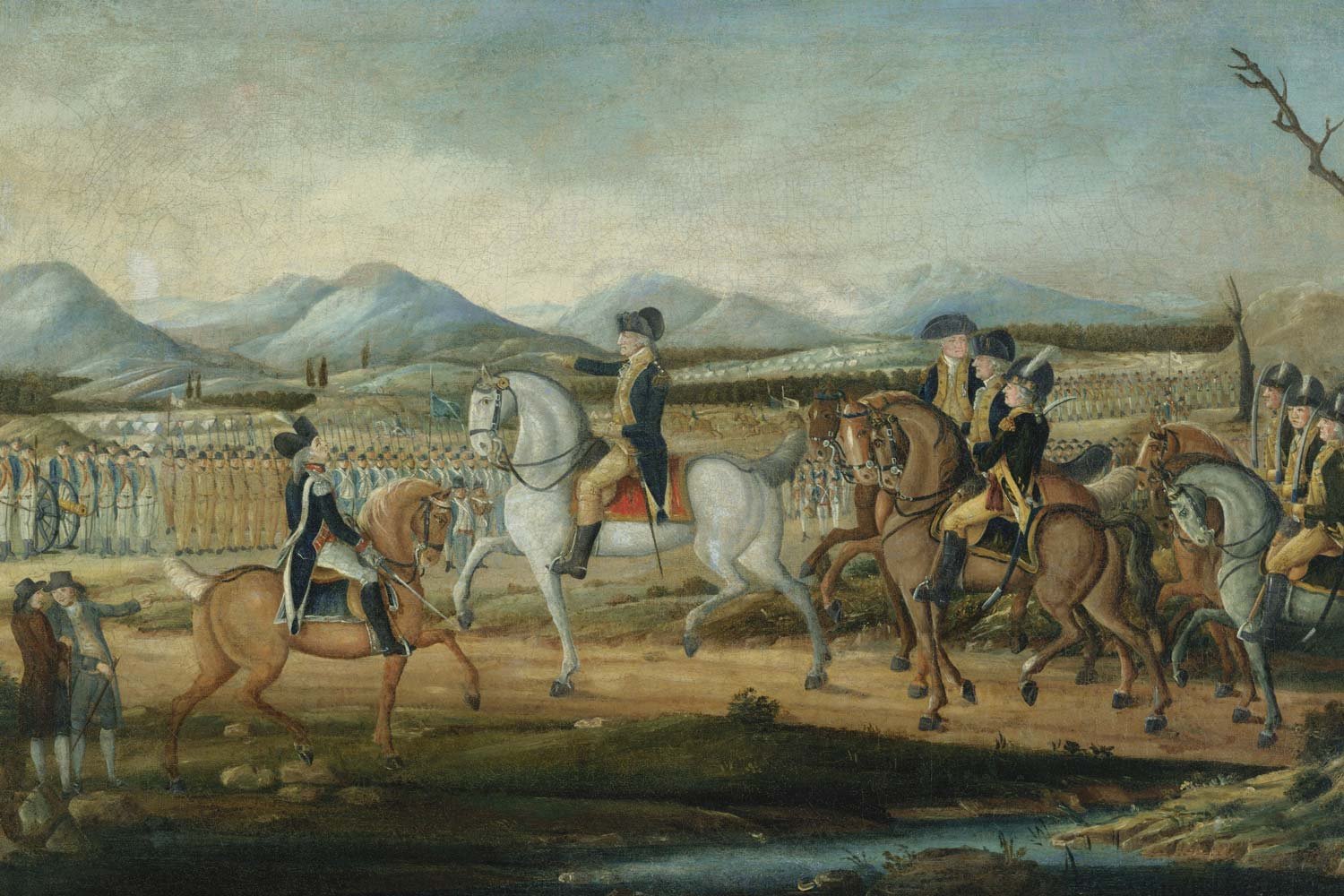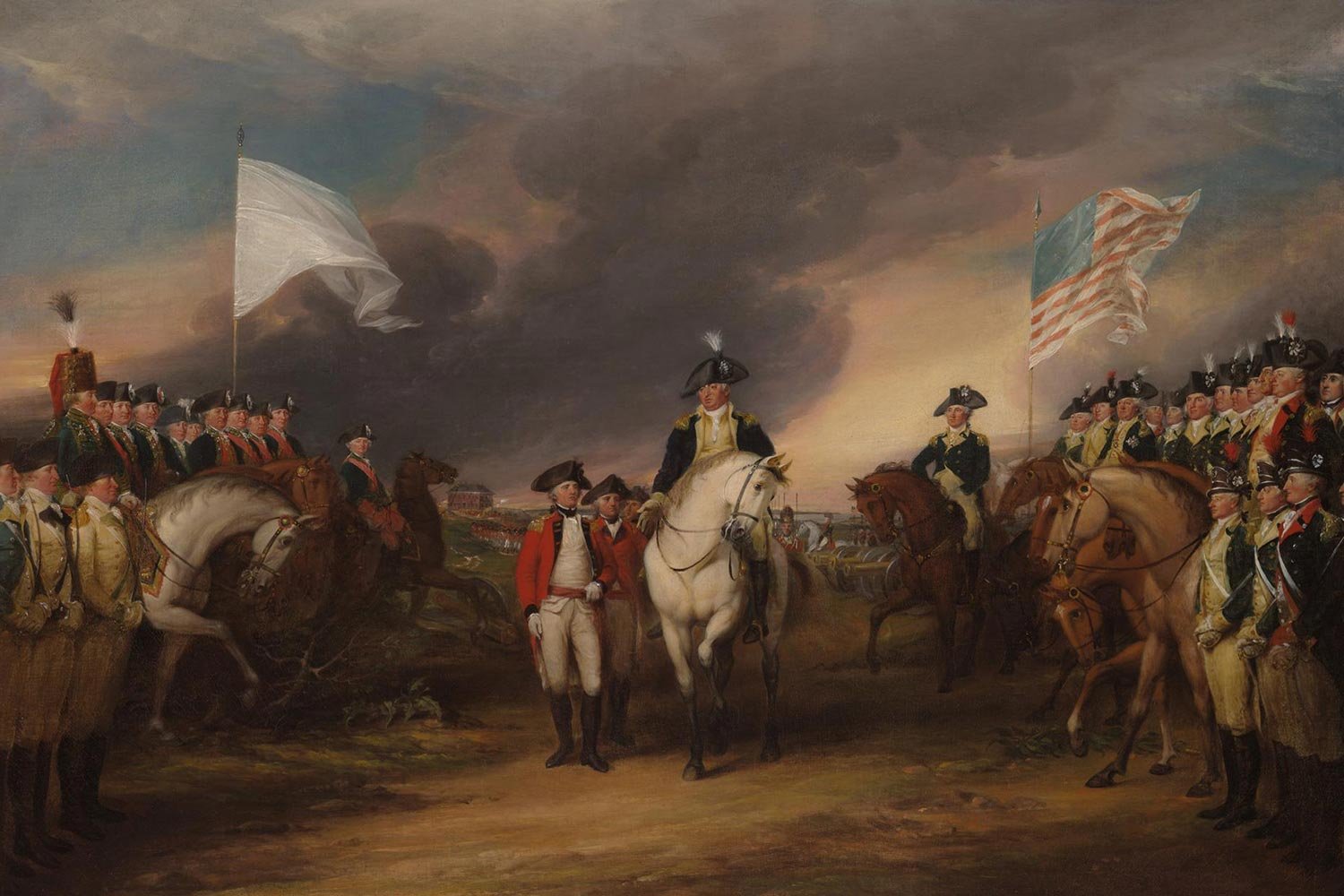Relations Between America and France Fall Apart
America’s first armed conflict with a foreign nation following our Revolution was not the War of 1812, but rather a mostly forgotten fight called the Quasi-War. Although little known today, in its time it made a significant impact on the course of American history, affecting trade, the creation of our Navy, and a presidential election.
The trail of events that led to the Quasi-War began with the overthrow and execution of King Louis XVI during the bloody French Revolution. Those events roiled Europe and the ever-festering wound between France and England reopened into a conflict known as The War of the First Coalition (1792-1797).
Not wanting to get drawn into that European conflict, on April 22, 1793, President George Washington issued his Proclamation of Neutrality declaring America’s intention to remain neutral. This declaration angered the French because they considered our 1778 Treaty of Alliance, signed during the American Revolution and without an end date, still to be in effect.
Congress disagreed, arguing that our treaty was with the monarchy of King Louis XVI and with no king there was no treaty. Using this same rationale, we also declared we would no longer repay our loans to France which we incurred during the American Revolution.
France accepted our decision to not join the fight and even the suspension of loan repayments. However, they insisted we allow French privateers with captured British ships into our ports, but not extend the same courtesy to England. Congress denied this demand arguing that neutrality meant equal treatment for both sides and we intended to honor that position.
Howard Pyle. “Citizen Genet formally presented to Washington.” Library of Congress.
Later that year, in a blatant attempt to compromise our neutrality, France sent an envoy, Edmond-Charles Genet, also known as “Citizen Genet,” to America to stir up support for France. Despite receiving the support of Secretary of State Thomas Jefferson and other pro-French Americans, Genet was quickly called onto the carpet by President Washington who demanded his recall by France.
In 1794, with tensions rising across Europe, President Washington dispatched John Jay to England to iron out differences with that country remaining from the 1783 Treaty of Paris. Jay, who was the Chief Justice of the Supreme Court at the time, finalized an agreement, known as the Jay Treaty, which achieved our diplomatic goals and called for improved trade relations. Congress ratified it in June 1795, with an effective date of February 29, 1796.
As a result of the Jay Treaty, our exports to England nearly tripled between 1794 and 1801, growing from $33M to $94M. This increased trade was a huge benefit to our nation’s economy, benefiting merchants, ship owners, and artisans. The Treaty was set for ten years and expired when Thomas Jefferson, who was President in 1806 and anti-British, irrationally refused to renew it.
France viewed this agreement as a serious breach of our 1778 Treaty of Alliance. Consequently, in the fall of 1796, French privateers (privately owned ships authorized by the government to capture enemy merchant vessels for a share of the prize money) began seizing American merchant ships.
Unfortunately, the United States was helpless to respond because we had no navy. Due to our dire financial position at the end of the American Revolution, Congress had disbanded the Continental Navy, selling its last ship in 1785. Recognizing our vulnerability, President Washington got Congress to pass the Naval Act of 1794 which authorized the building of six frigates. However, work went at a snail’s pace, and, in 1797, none were ready to go to sea.
Due to our lack of preparedness, Secretary of State Timothy Pickering, in a report to Congress on June 21, 1797, stated French privateers had captured 316 American vessels in less than a year. This amount equated to about 6% of our total merchant fleet. Clearly, this depredation could not continue.
In December 1796, to add insult to injury, the French Directory refused to accept the new United States’ ambassador, Charles Cotesworth Pinckney. To quell the anger caused by this affront and the losses due to French privateers, President John Adams, recently inaugurated on March 4, 1797, sent a peace commission to France.
John Marshall and Elbridge Gerry departed America in the summer of 1797 to join Pinckney in Paris and find a resolution to the crisis. Despite calls from his own Federalist party to declare war on France, President Adams felt strongly about maintaining our neutrality.
The three French negotiators, code named X, Y, and Z, demanded large bribes as a prerequisite to receiving our diplomats. The Americans refused to pay this extortion money, with Pinckney famously declaring, “No, no, not a sixpence” and the men returned to America. When Marshall’s report detailing the French bribe demands were made public in early April 1798, calls for war with France echoed throughout the land.
Next week, we will talk about the naval conflict with France known as the Quasi-War. Until then, may your motto be “Ducit Amor Patriae,” Love of country leads me.












The only fighting in the Quasi-War occurred at sea, and mostly in the Caribbean. But with war at a fever pitch and French interests so close by in Louisiana, there was a very real concern in Congress about a possible French invasion of the United States from the west.